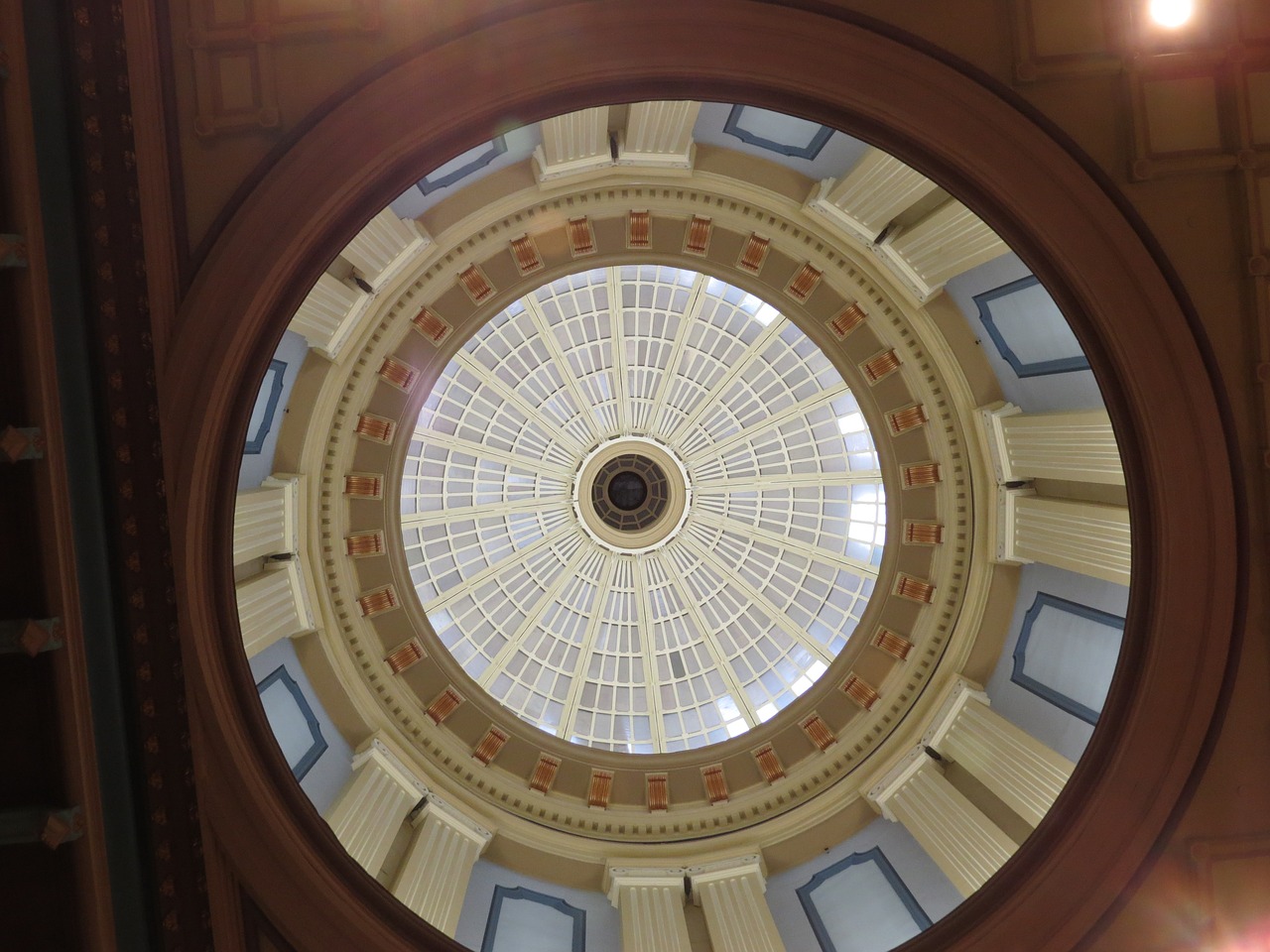By Frank Andorka, Senior Correspondent
If you have followed conservative political thought at all over the past 30 years, you’re familiar with Stephen Moore. Currently a senior fellow at the conservative think tank The Heritage Foundation, Moore has been around since he was the president of the anti-tax group Club For Growth (which is not, as it is often mistaken for, a hair replacement club).
Now at the Heritage Foundation, his voice resonates with far greater reach and allows him to land his particular free market gospel at places like Creators.com, which is where I found his most recent screed, “How Solar and Wind Mandates Tax the Poor and Middle Class.”
As i started reading the piece, fully ready to be wowed by the intellectual rigor and argument from someone at the Heritage Foundation, what I found instead was a bunch of repackaged gobbledy gook – think my infamous “zombie lie” writ large – seasoned with a dash from Adam Smith’s Invisible Hand that exists only in the fever dreams of market absolutists and ignored inconvenient facts about what he lovingly refers to as subsidies.
Let’s dive right into to this poorly argued mess, shall we?
Out of the gate, what Stephen Moore wants you to “know” is that solar and windpower is expensive. So central is this fake “fact” to his argument that he uses the word “expensive” explicitly twice in his second paragraph, where he begins his argument by saying the renewable portfolio standards (which he refers to as “renewable energy standards,” but are the same thing) force utilities to purchase “expensive renewable energy” and “expensive solar and wind power.”
This assertion contains no facts to back it up – it’s just baldly stated as if it were a truism. One marvels, then, at the most recent report from the Solar Energy Industries Association that insists that utility-scale solar – you know, solar built and run by utilities – has been the biggest boom segment of the industry. Moore would argue that it’s the result of RPS’s that they are building these solar farms and that, without the mandate, they’d just keep merrily building fossil fuel plants and burning through coal and oil as if there were no tomorrow.
Except that, of course, the opposite is true. They are building solar farms because they are actually the least expensive option in a lot of states and may soon be the least expensive option nationwide. Utilities are choosing solar over more expensive fossil fuel and nuclear plants – they aren’t being forced to to do it. And they’re passing those savings on to their customers.
So having set up the strawman of “expensive renewable energy,” Stephen Moore proceeds to beat it with the “zombie lie” of the cost shift, saying utilities are increasing rates on non-solar customers because of the expense of buying solar energy.
Sigh. I don’t mind having to fight with these people, but could they at least come up with some original arguments now and then. Sheesh.
As we’ve discussed ad nauseum, the solar “cost shift” doesn’t happen until at least 10% of a state’s electricity comes from solar power, something that is occurring in only five states. That leaves 45 states where Moore’s argument is a flat-out lie, and in the five remaining states, the “cost shift” is fractions of a penny per kilowatt-hour. So this idea that somehow utilities buying solar is a tax on the middle and lower classes – the heart of Moore’s brainless argument – is laughable.
Finally, and this is where I literally chuckled out loud, Stephen Moore ends his piece by talking about how is solar and wind are so good, why can’t they compete without mandates and subsidies? Let’s let the market work, people, he says.
To which I respond – you first. The day the fossil fuel industries give up their subsidies is the day solar should give up its subsidies, and not a moment before.
The bottom line is this – solar is becoming increasingly competitive with fossil fuels, and there is a day coming when solar+storage (another development Moore seems to have never heard of) is going to displace fossil fuels throughout the United States. And guys like Moore are going to be sad – but you know what? Making Moore sad is a perfectly reasonable outcome from where I’m sitting.
More:


